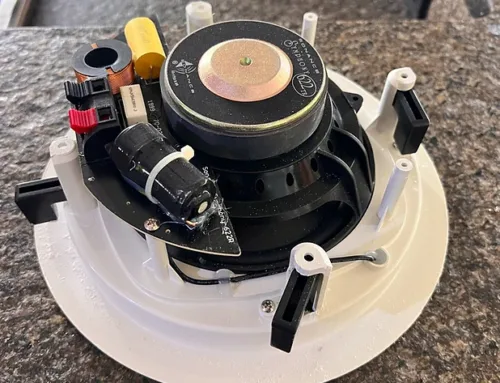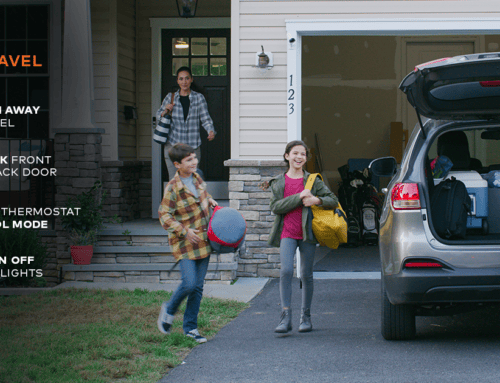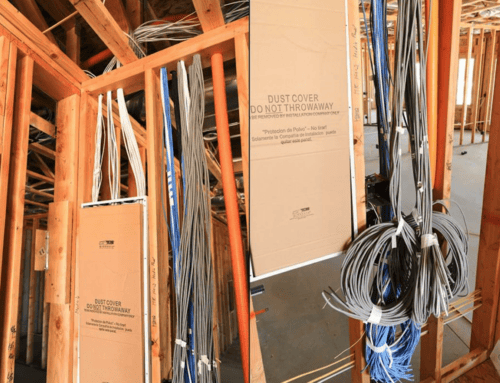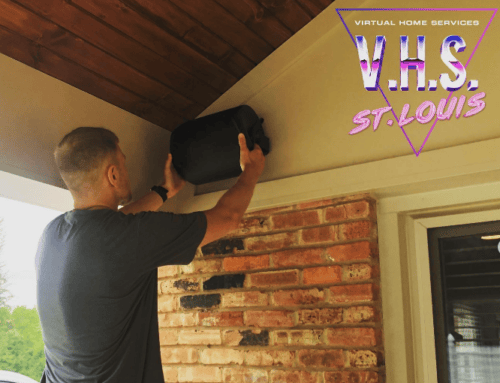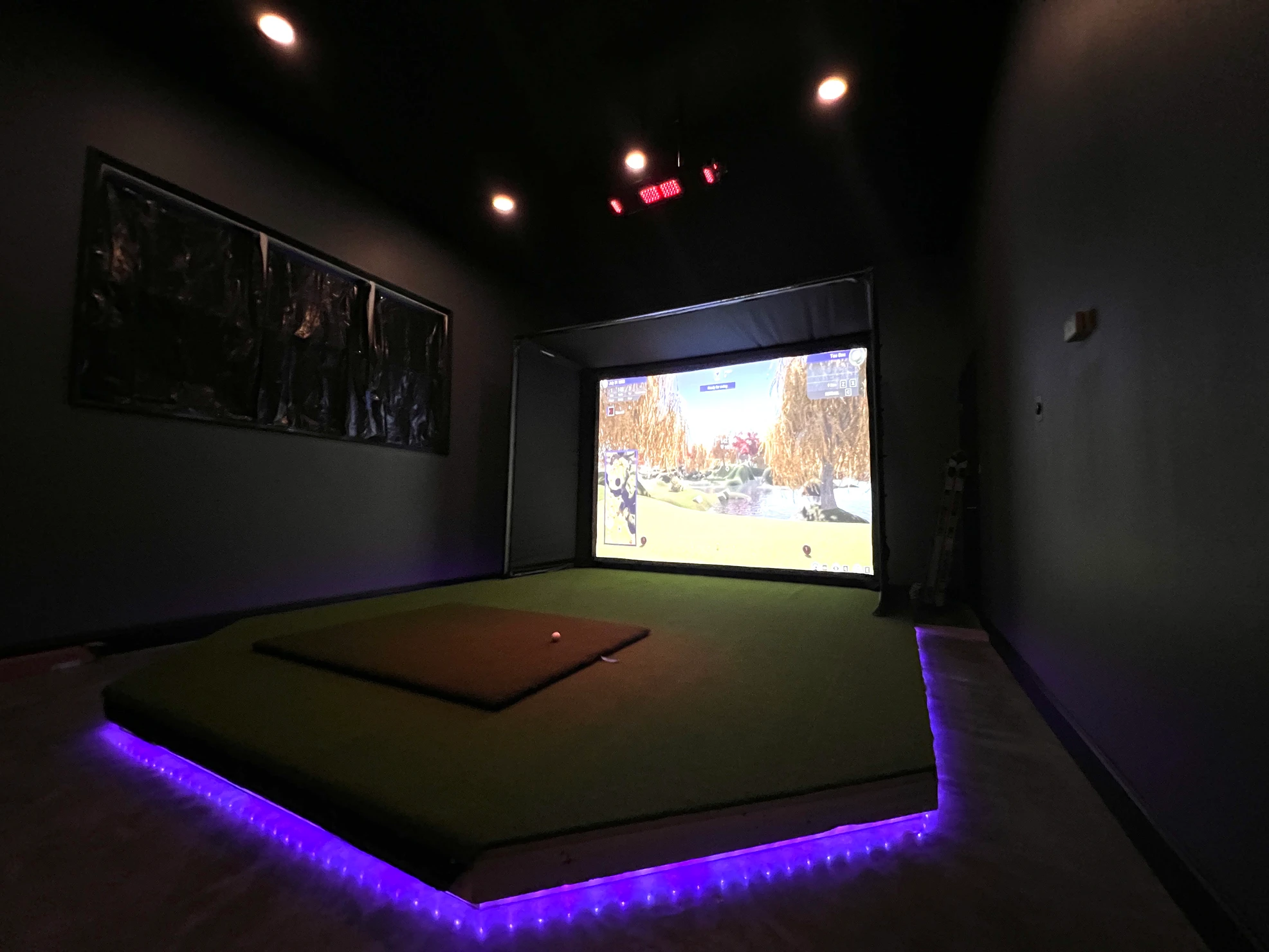
A golf simulator is a high-tech system that enables you to practice golf indoors in a virtually simulated golf environment. The different pieces of technology come together to mimic the real world game, helping you analyze your swing, understand your weaknesses, and improve your handicap without having to go to your local course.
Golf simulators are becoming more and more popular with golf enthusiasts who are interesting in creating a life-like golf experience in their homes. Many golf courses and country clubs have begun implementing them as well as a way to bridge the gap between practice and actual time on the course. By removing the restrictions of time, place, or weather, golf simulators give you the ability to play anytime and anywhere.

One of the best things about golf simulators is that they give you the opportunity to play many world-famous golf courses that you might not have the opportunity or means to play in real life, such as Augusta National, Pebble Beach, or Muirfield.
Today, many golf simulator software solutions like QED Ignite and The Golf Club 2019 have ultra-realistic graphics. The automatic score tracking and announcers calling out the game play add another element of fun to the game
What are the Components of a Golf Simulator?
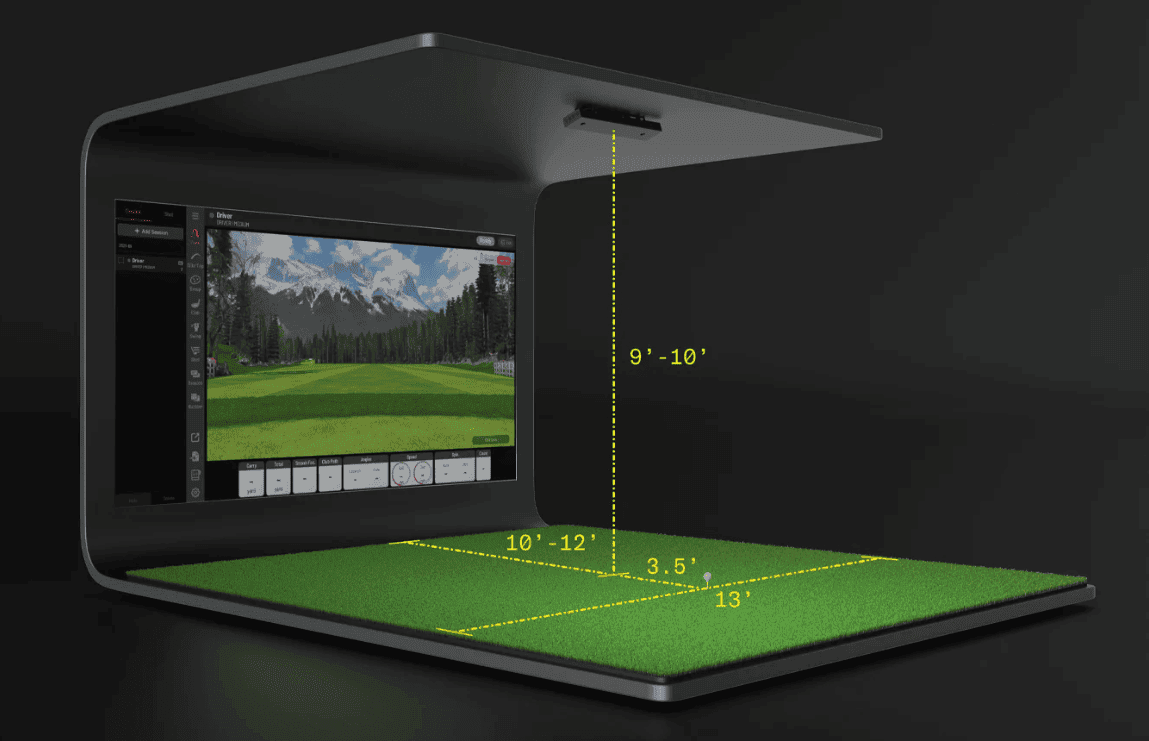
Golf simulators are comprised of a combination of hardware and software. The key components are:
launch monitor that reads the ball strike
The screen and screen enclosure
Hitting mats
Projector
Nets
Gaming computer to run it all
Plus…. anything else that fits the experience you’re trying to create (sound system, lighting, etc.)
With products like Uneekor Eye XO launch monitor you get analytics including club speed, launch angle, back spin, side spin, for angle, club path, and ball speed. PLUS slow motion view of the ball strike so you can adjust your shots based on what happens.
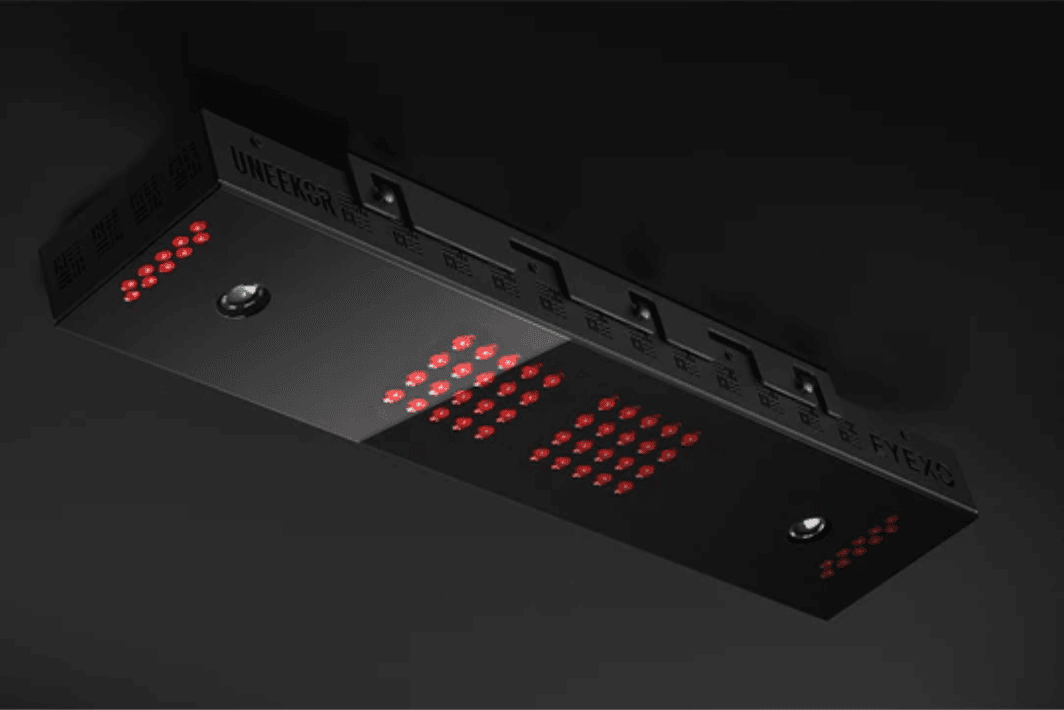
Uneekor Eye XO Launch Monitor – Stereoscopic
Different Types of Golf Simulators – Photometric, Stereoscopic, Infrared, Radar
1. Photometric simulators are camera-based systems that are quite flexible, and can be used indoors as well as outdoors. These simulators capture high-speed images of the ball immediately after impact and, based on these images, derive various data parameters. This data leads to the rendering of shot shape and distance.
Photometric systems can also capture other data such as launch angle, distance away from center, backspin, and side spin. Arguably the most well-known photometric golf simulator is the SkyTrak.
Similar to a photometric system is a stereoscopic system, an example of which is the Foresight Sports GC2. This takes high-speed images of the ball from two different angles; viewed together, it increases the accuracy of the measurements.
You can go even further to triscopic and quadrascopic systems, which use three and four cameras respectively to produce extremely accurate measurements. Examples of these are the GC3 and GCQuad, respectively.
2. Infrared simulators emit light signals in order to capture the precise position of the clubhead. Since the ball itself is not measured, you can easily use foam or plastic balls with infrared simulators. However, it’s for this reason that they tend to not be as effective and reliable as other systems.The OptiShot 2 is probably the most well-known infrared simulator system on the market. Foresight Sports GC systems use some infrared object tracking as well.
3. Radar-based simulators track the ball with the help of Doppler radar technology. These radars emit a microwave signal from the unit which bounces back from the golf ball after impact. Since it requires seeing the ball travel post-impact, radar is ideal for outdoors use, although it can also be used indoors as long as there is sufficient free ball flight.
At the same time, because it uses microwave signals, it is not affected by ambient lighting conditions unlike with photometric and infrared systems.
The main disadvantage of radar simulators is that the units need to sit 8 to 15 feet behind the clubhead (depending on model); this typically makes them unable to measure certain parameters such as ball impact location or club face orientation.
Some of the most prominent radar-based golf simulators are the FlightScope Mevo, Garmin Approach R10, FlightScope X3, and TrackMan.
Customization
Here at VHS we know Golf Simulators and can implement a solution for you based on your space and budget. We’ve done simple garage bay installs as well as full blow Golf Simulator Experience rooms with crazy lighting, custom platforms, and booming audio packages. If you’re interested in learning more, we can provide a free consultation to discuss what’s possible for your home or business.
Below is an image of a recently completed project that included swapping out fluorescent lighting to recessed cans, stained and polished concrete, and custom hitting deck with putting holes, and LED ambient lighting. The system was powered by the Uneekor Eye XO Launch Monitor + TGC2019 software, a 5000 Lumen Laser Projector, Lenovo gaming PC, and SIG10 enclosure.
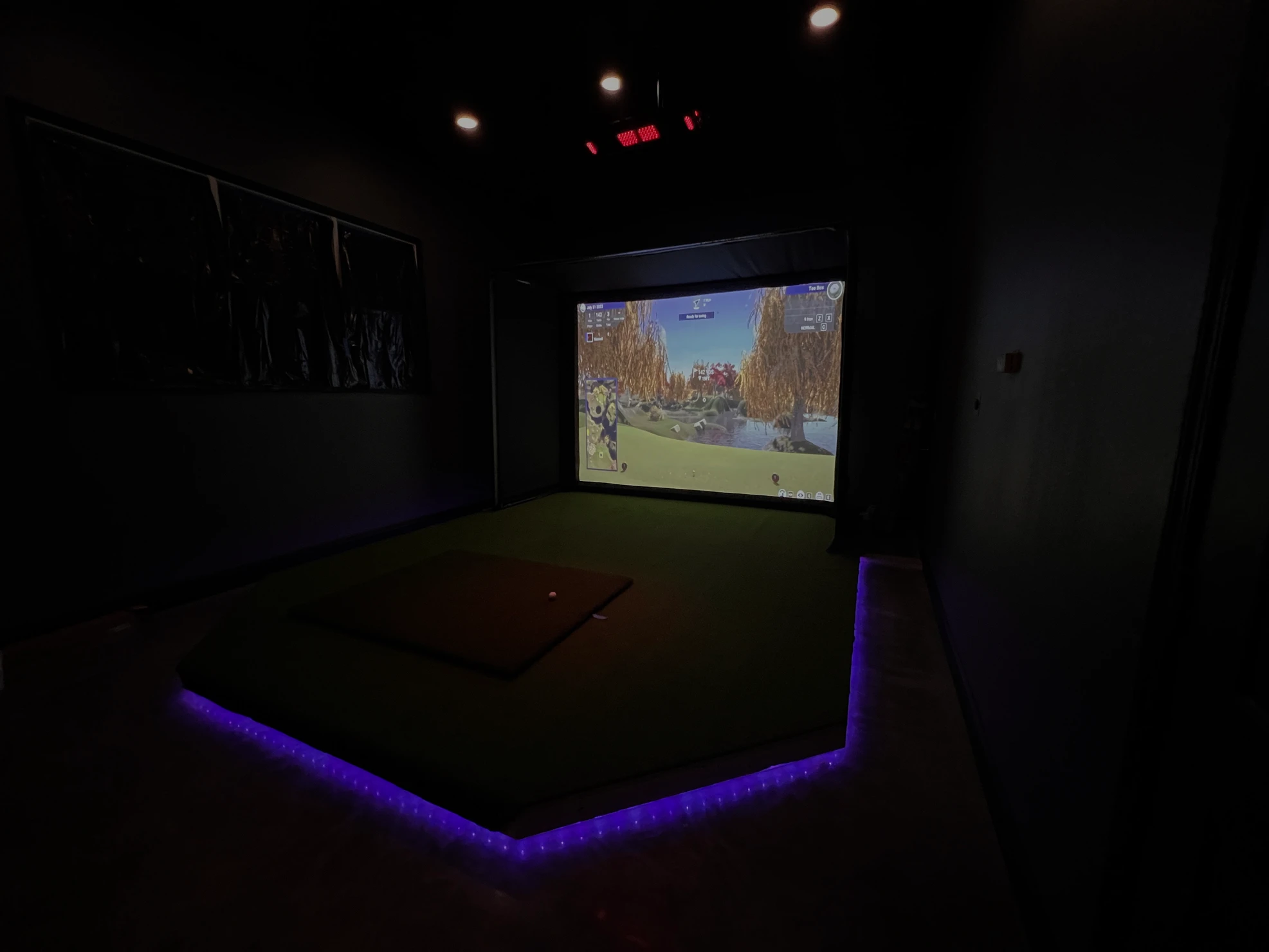
Golf Simulator St. Louis – Golf Simulator Room
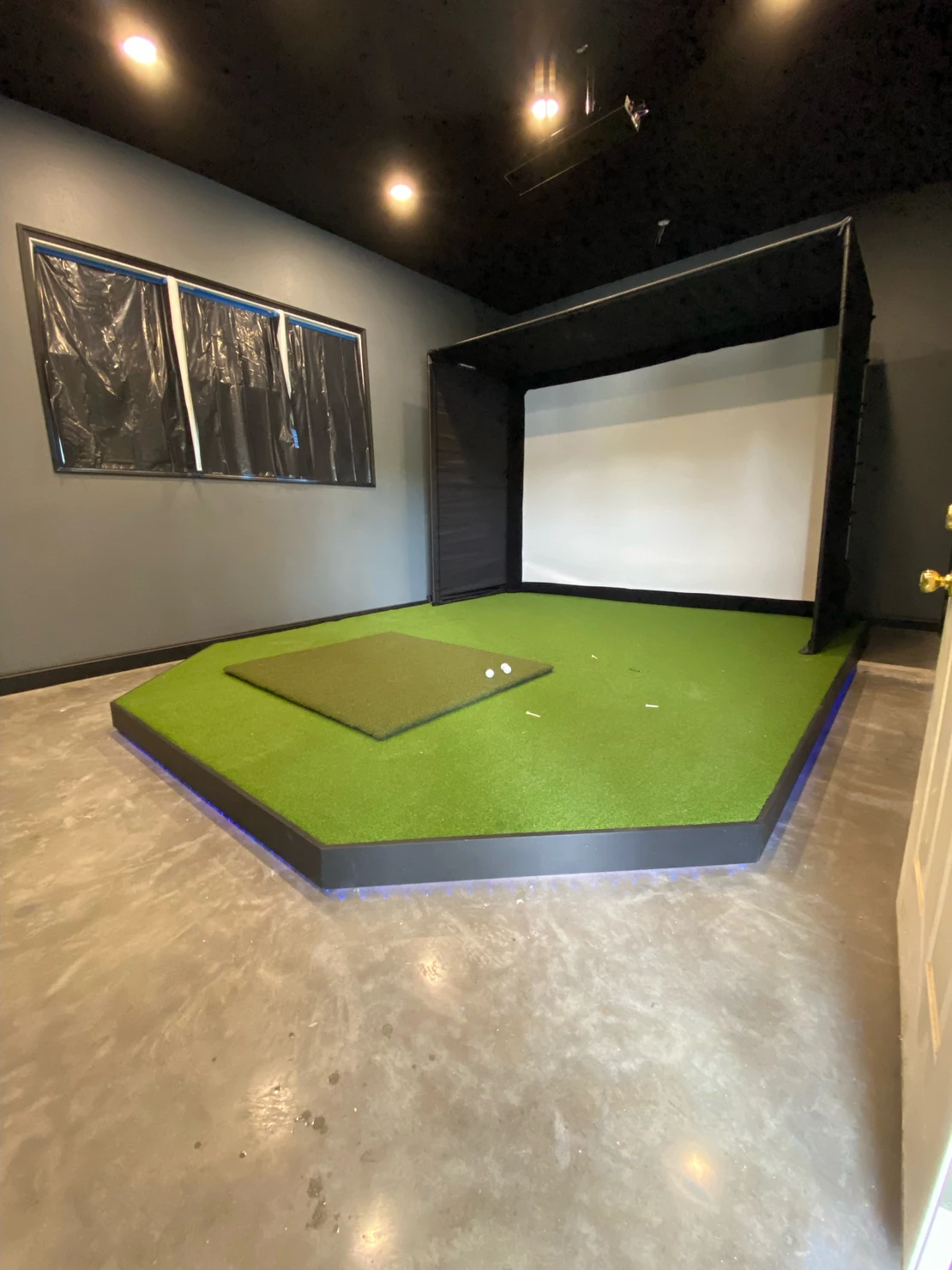
Golf Simulator St. Louis – Nearly Completed
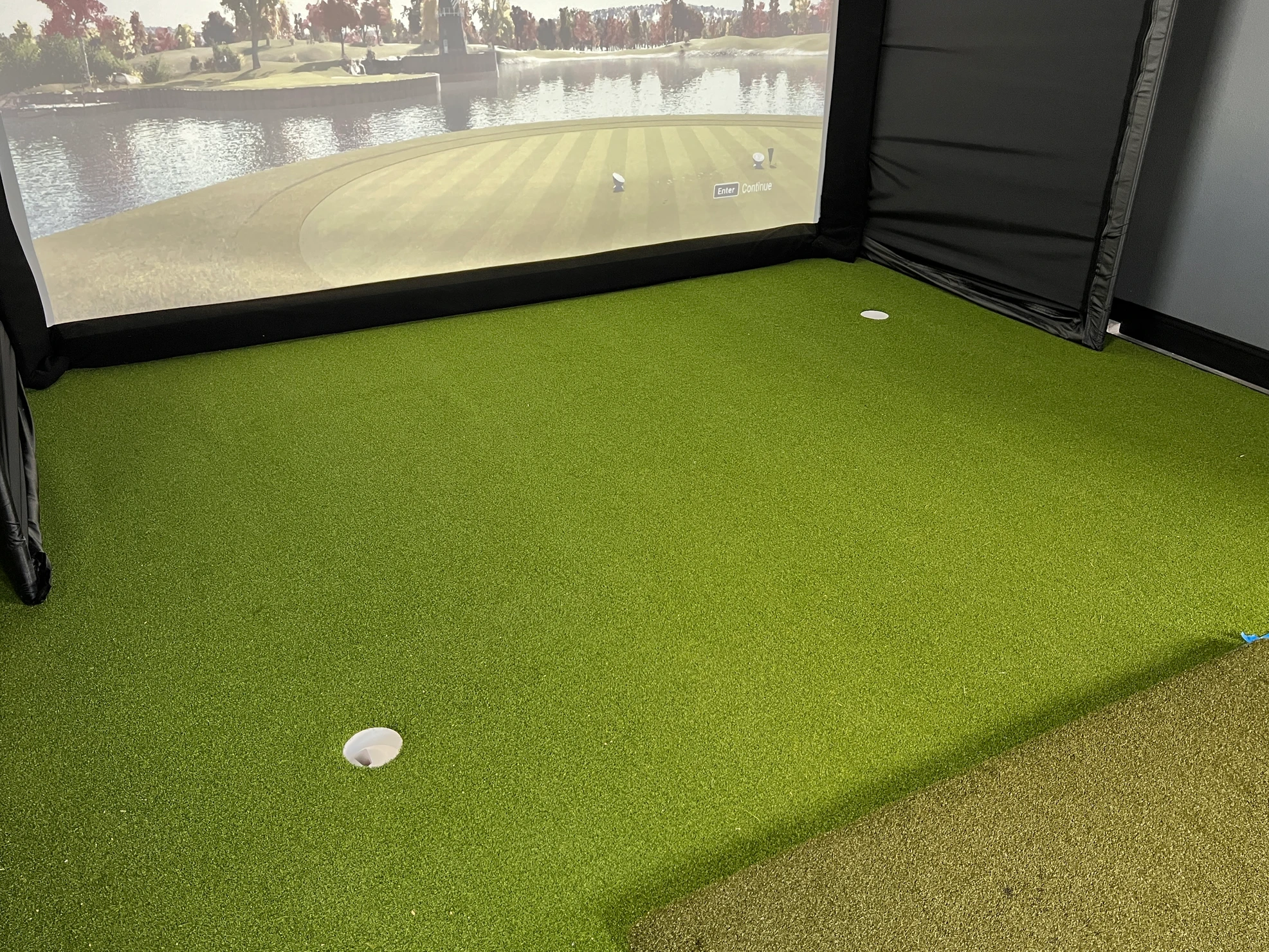
Golf Simulator St. Louis – recessed putting cups
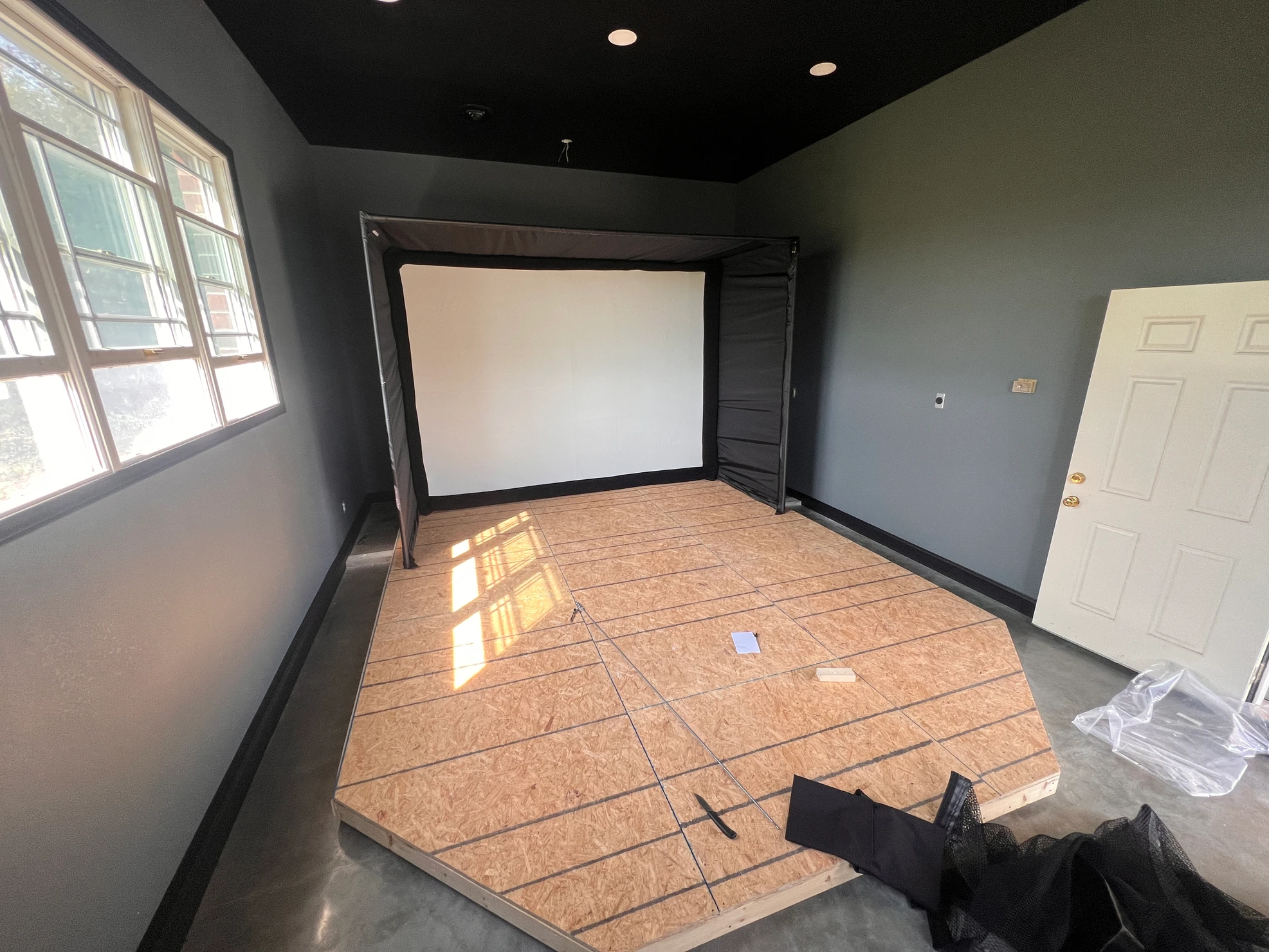
Golf Simulator St. Louis – Hitting Platform Before Turf
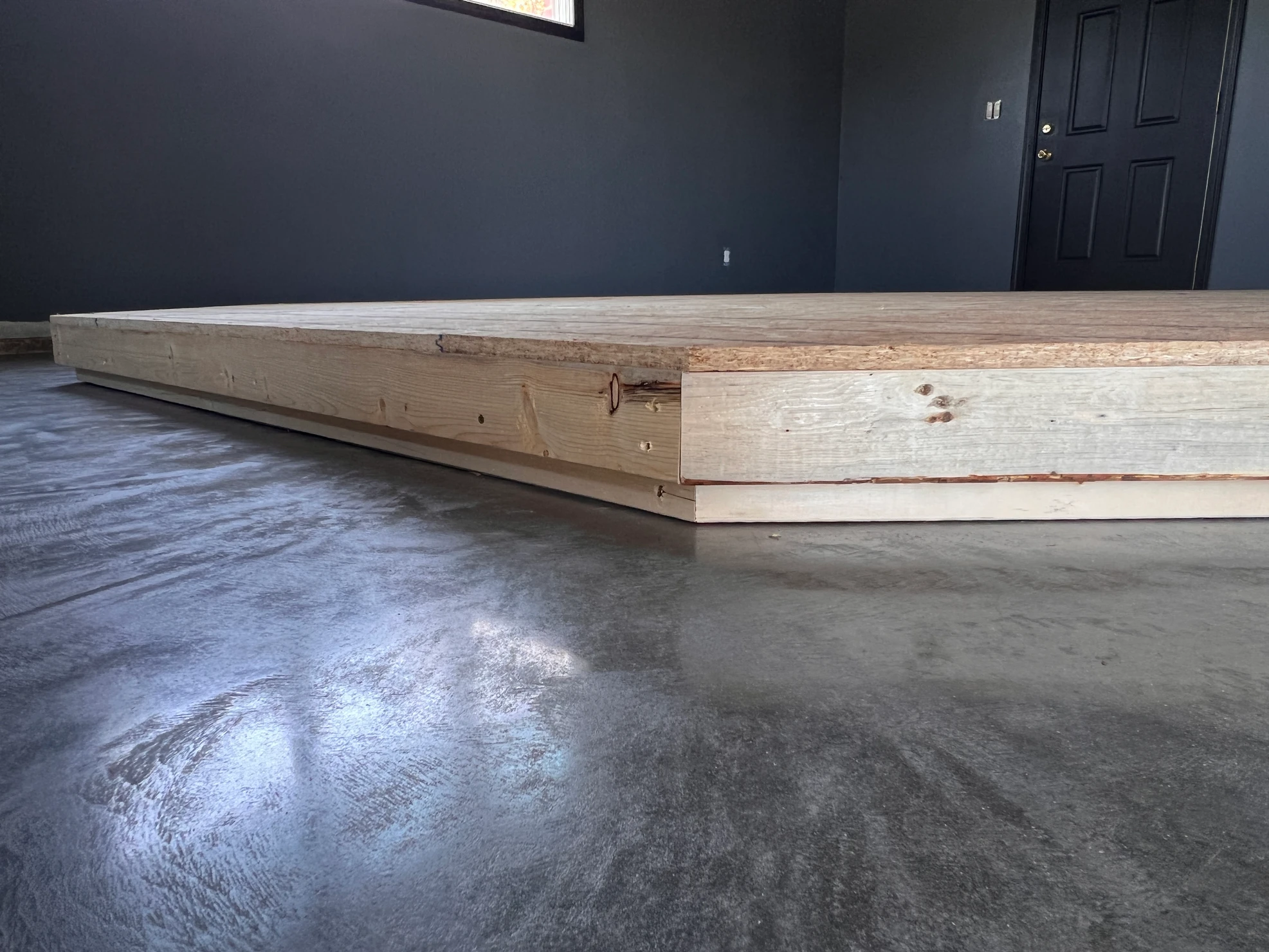
Golf Simulator St. Louis – Recess for LED Lighting
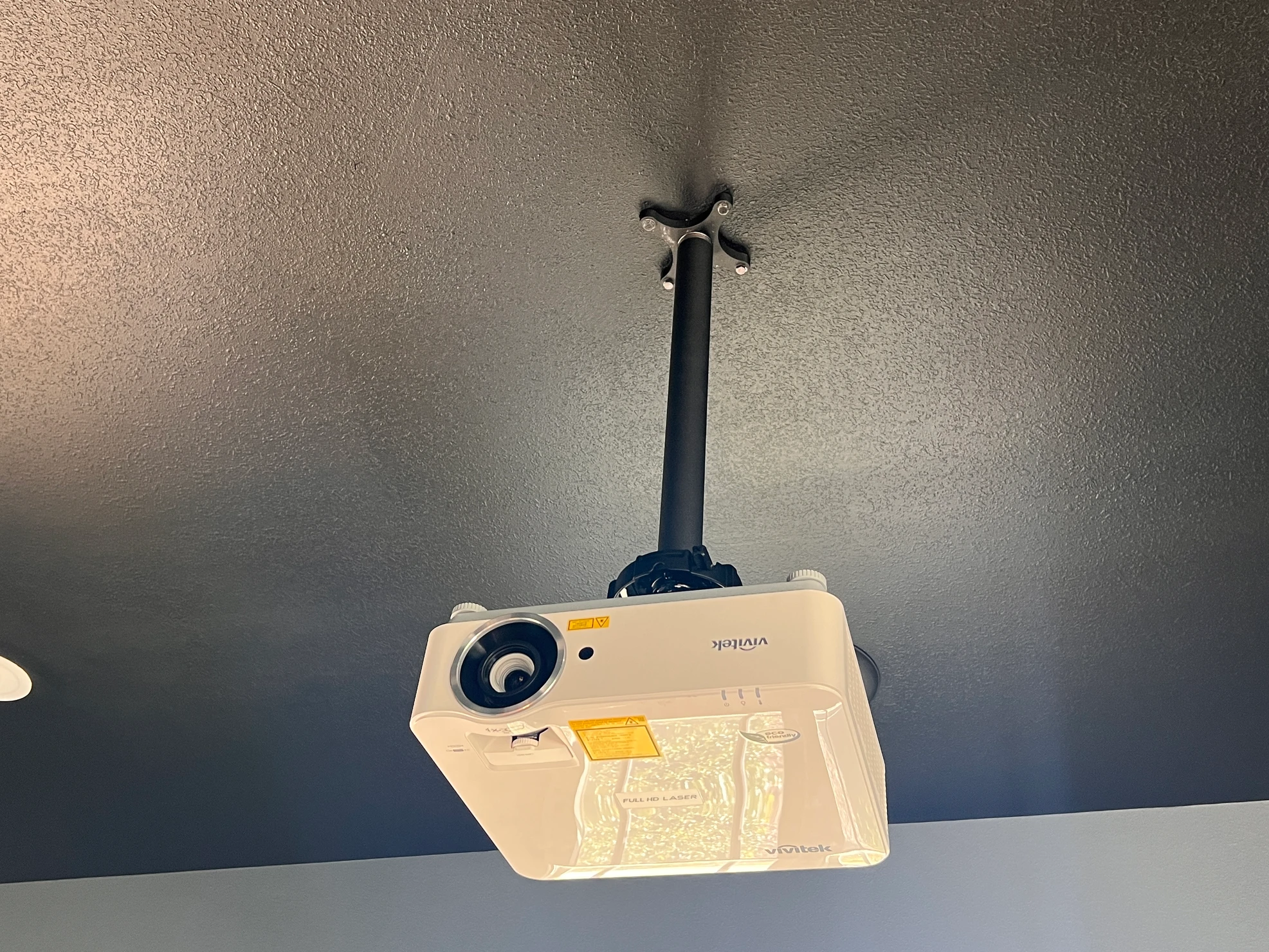
Golf Simulator St. Louis – Ceiling Mounted Laser Projector
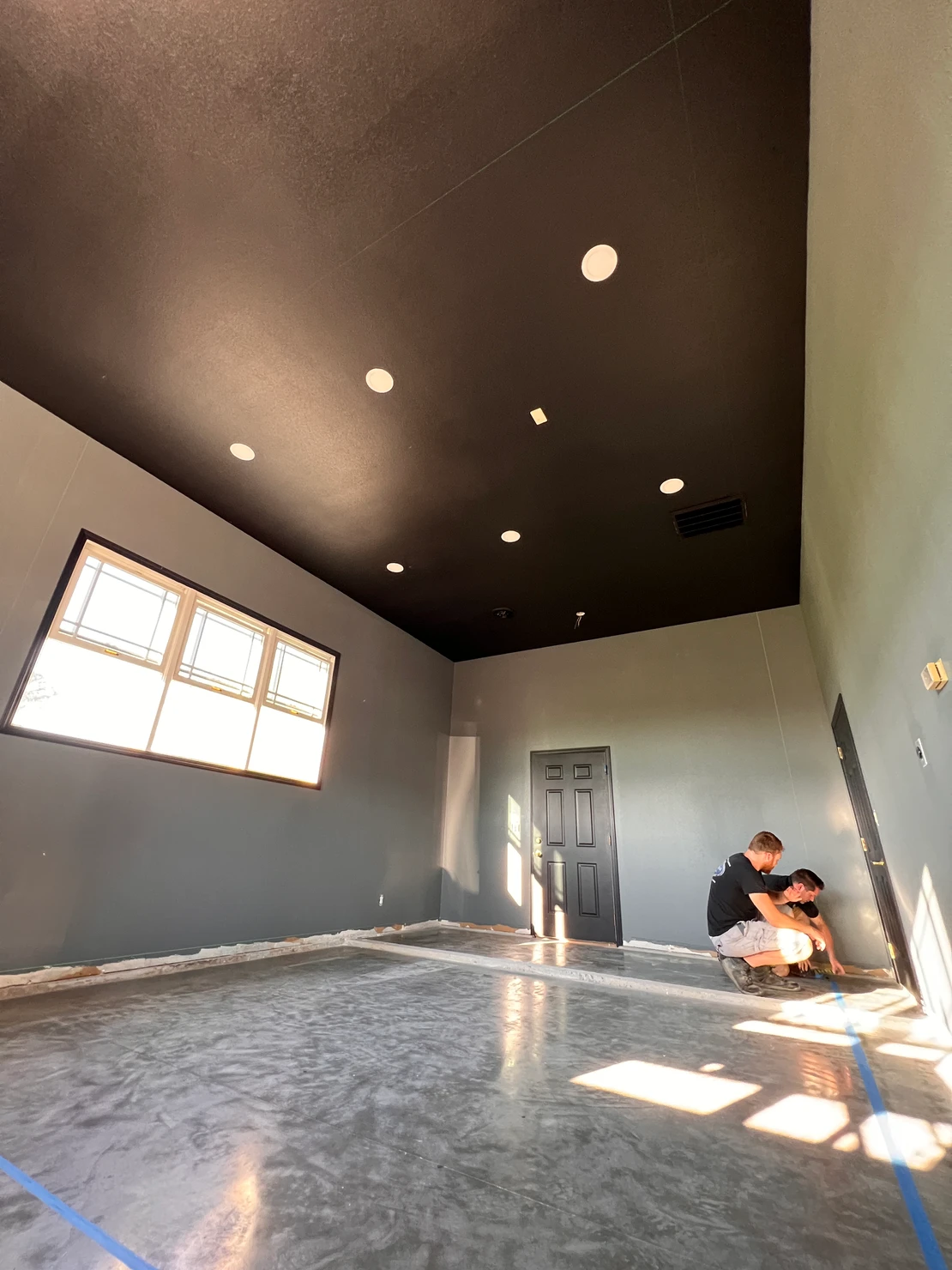
Golf Simulator St. Louis – Getting the Platform Layout
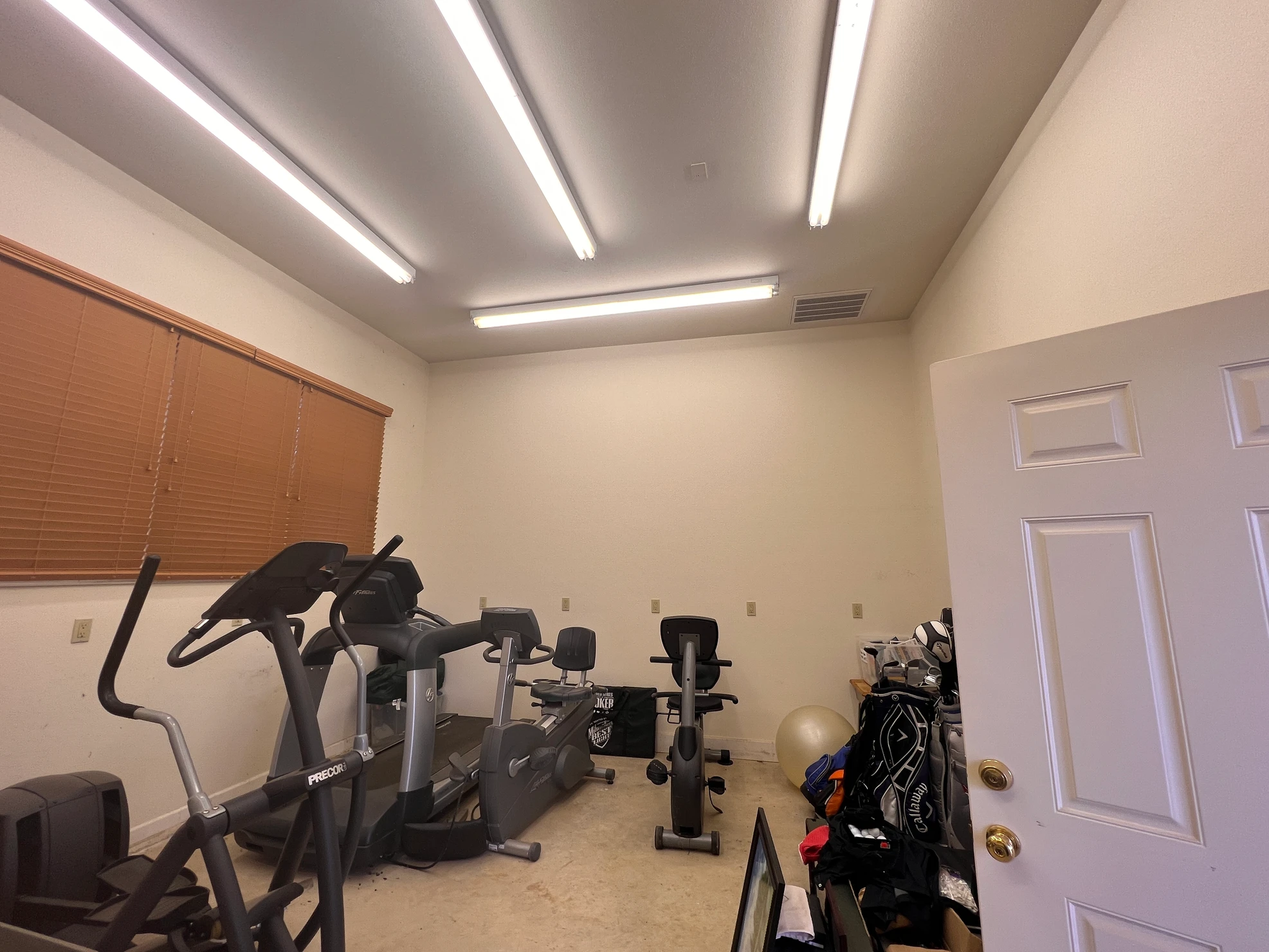
Golf Simulator St. Louis – Room Before

